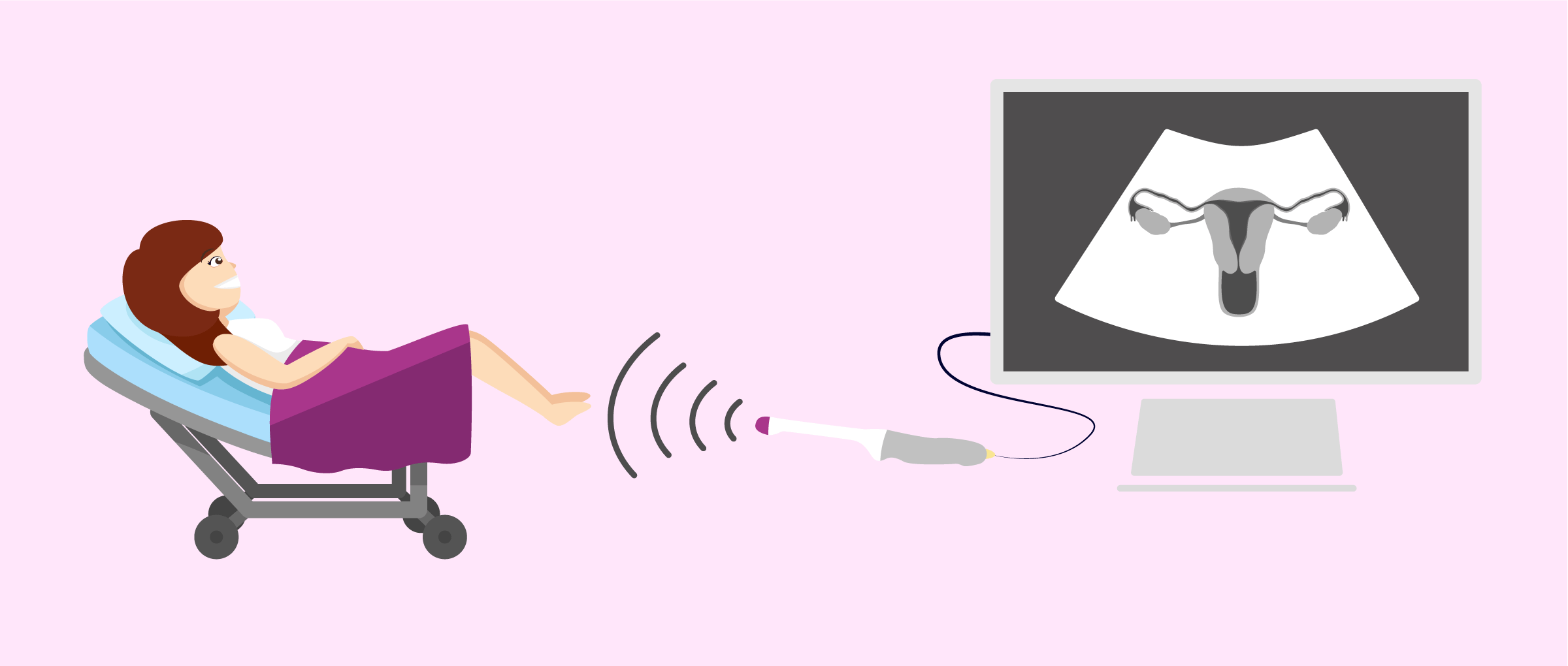Looking Good Tips About How To Check Uterus

Uterine fibroids are common growths of the uterus.
How to check uterus. Complete blood count a complete. The health of your uterus, ovaries, and fallopian tubes is an important factor when trying to get pregnant. The one to two weeks before your period is the.
The hysteroscope is passed through the cervix into the uterus. A transducer is placed on the abdomen using the conductive gel. Two types of blood tests can help diagnose and monitor uterine cancer:
A pelvic exam often lasts only a few minutes. Cystoscopy uses a lighted tube, or scope,. Pelvic exam a pelvic exam is a routine and common physical exam used to check for signs of disease in female organs.
Uterine fibroids are not cancer, and. Using sound waves, they'll be able to see images of the ovaries and uterus to check for problems there. They often appear during the years you're usually able to get pregnant and give birth.
Jones has shared some useful tips to help you find your cervix and understand what your cervix feels like. Your doctor or other care provider checks your vulva, vagina, cervix, ovaries, uterus, rectum and pelvis for any. Other kinds of tests may be needed to determine whether uterine sarcoma has spread beyond the uterus.
Your doctor can offer you a number of ways to check for. Place fingers in the posterior fornix to lift the uterus whilst simultaneously pushing the fundus down by placing the left hand above the symphysis pubis. Pelvic ultrasound may be performed using one or both of 2 methods:
The uterus, also known as the womb, is an about 8 cm long hollow muscular organ in the female pelvis and lies dorsocranially on the bladder.it consists of several. How to check cervical position. A transvaginal ultrasound is an imaging procedure that allows your provider to see your pelvic cavity and the organs inside your pelvis.
You may need some practice to check your cervical position. Vaginal discharge can vary in amount. A healthcare provider will check the vagina,.
The four phases of the menstrual cycle include menstruation, the follicular phase, ovulation, and the luteal phase.
















